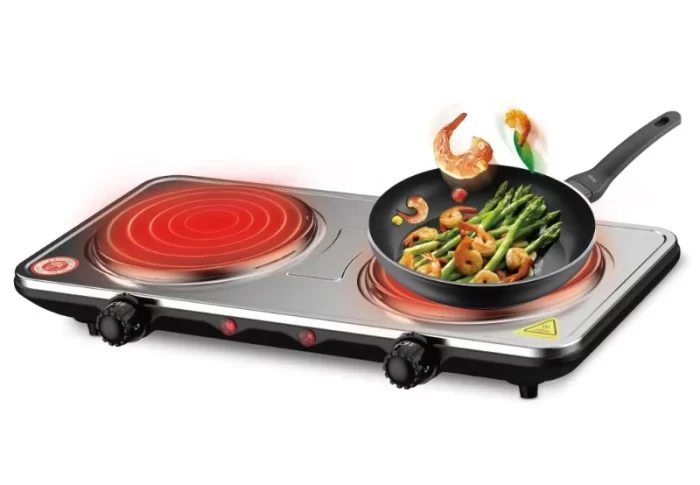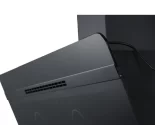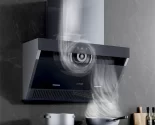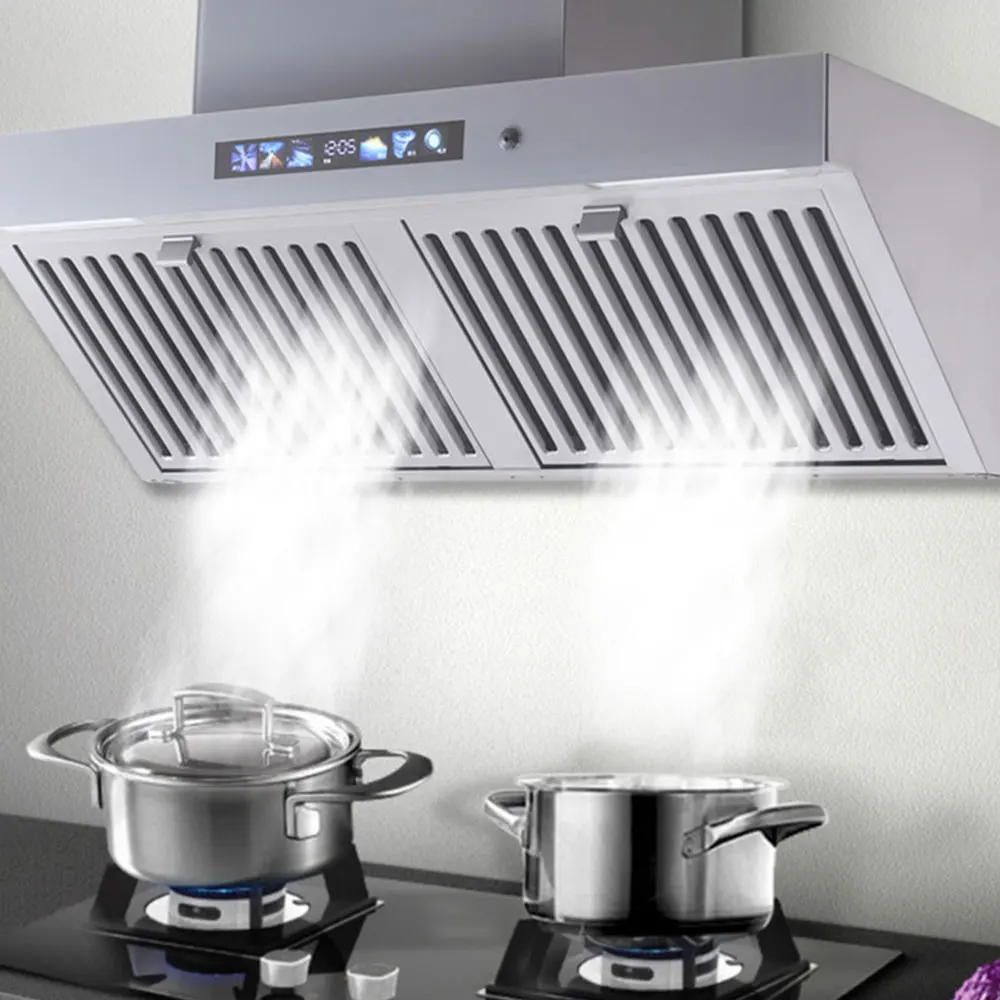
Exploring Ducted vs. Ductless Range Hood: which is the Right One
Introduction
Range hoods are essential kitchen appliances that help remove smoke, grease, and odors during cooking. When shopping for a range hood, you’ll come across two main types: ducted and ductless. Each has its own advantages and considerations, making it crucial to understand the differences and select the most suitable option for your kitchen. In this comprehensive guide, we will compare ducted and ductless range hoods, highlighting their features, benefits, and limitations. Whether considering ventilation requirements, installation flexibility, or maintenance considerations, we will cover all the necessary details to help you make an informed decision for your kitchen.
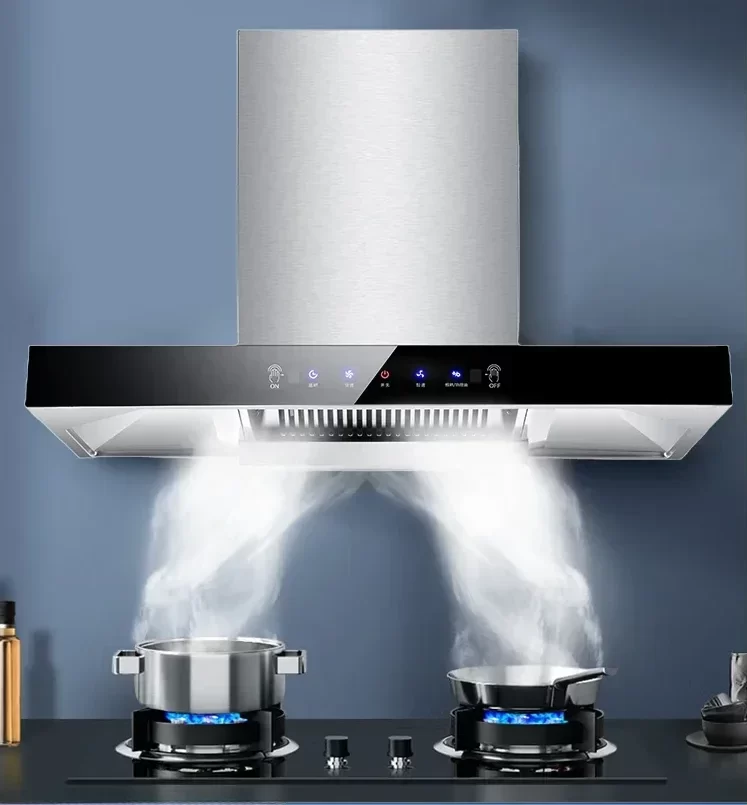
Exploring Ducted vs. Ductless Range Hood: Choosing the Right Option for Your Kitchen
I. Understanding Ducted Range Hoods
-
Ventilation to the Exterior:
- Ducted range hoods are designed to draw in the cooking fumes, smoke, and odors, and expel them outside through a duct or pipe connected to an external wall or roof. This ventilation method ensures effective removal of pollutants from the kitchen.
-
High Efficiency:
- Ducted range hoods are known for their high efficiency in removing both grease and odors from the air. By venting the cooking byproducts directly outside, they maintain optimal air quality in the kitchen.
II. Advantages of Ducted Range Hoods
-
Superior Ventilation Performance:
- Ducted range hoods consistently outperform ductless models in terms of ventilation efficiency. They effectively remove grease, smoke, and odors from the kitchen, ensuring a cleaner and healthier cooking environment.
-
Odor Elimination:
- The direct venting of ducted range hoods effectively eliminates cooking odors, leaving your kitchen smelling fresh and clean. This is particularly important for homes with open floor plans or kitchens that are adjacent to living spaces.
-
Reduced Heat Buildup:
- Ducted range hoods efficiently remove excess heat generated during cooking, preventing it from accumulating in the kitchen. This can aid in maintaining a comfortable cooking environment, especially during long culinary sessions.
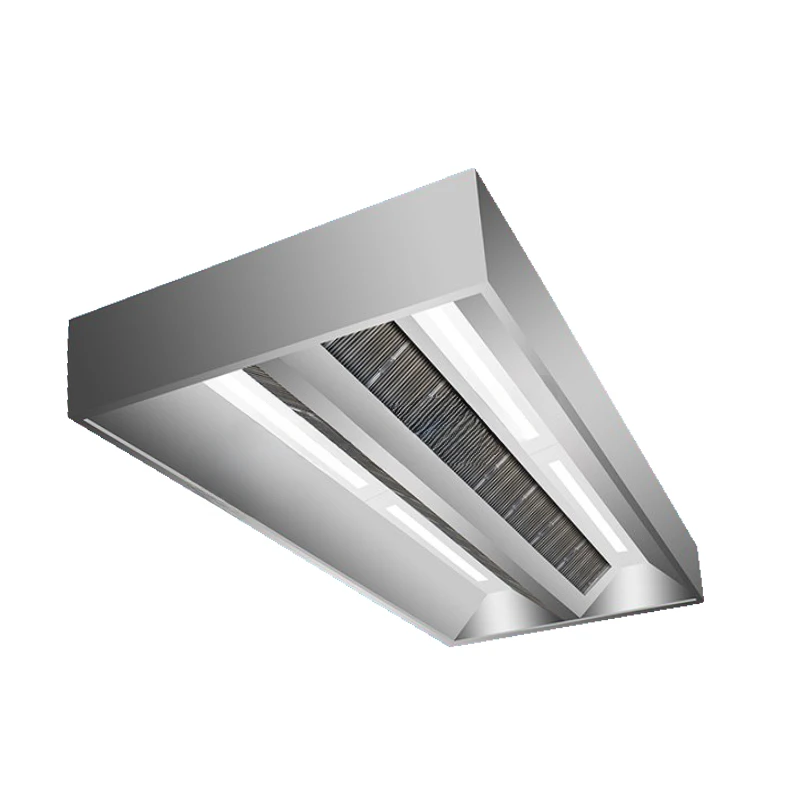
III. Key Considerations for Ducted Range Hoods
-
Ventilation Requirements:
- The installation of a ducted range hood requires access to an external wall or roof to connect the range hood to the ductwork. Careful consideration of the kitchen layout and accessibility to venting options is essential prior to installation.
-
Professional Installation:
- Due to the complexity of routing ductwork, installing a ducted range hood often requires professional help. The involvement of a licensed contractor ensures proper installation and adherence to local building codes.
IV. Understanding Ductless Range Hoods
-
Recirculation of Air:
- Ductless range hoods operate by drawing in cooking fumes, smoke, and odors through filters. Instead of venting these byproducts outside, the hood recirculates the purified air back into the kitchen.
-
Charcoal Filters:
- Ductless range hoods are equipped with charcoal filters that trap grease particles and neutralize odors. These filters need regular replacement to ensure optimal performance.
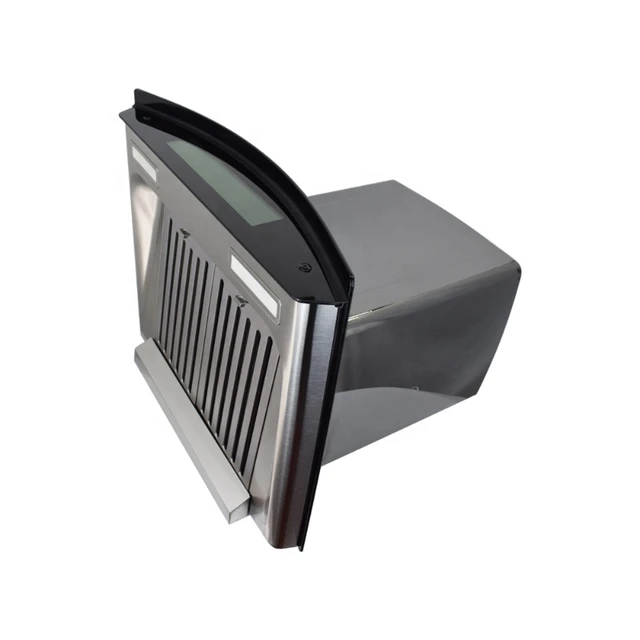
V. Benefits of Ductless Range Hoods
-
Versatile Installation:
- Ductless range hoods offer flexibility in terms of installation locations. Since they do not require ductwork, they can be installed in kitchens where venting to the exterior is not feasible. This makes them suitable for apartments or homes without pre-existing ductwork infrastructure.
-
Cost-Effective Solution:
- The absence of ductwork and the need for professional installation significantly reduces the cost associated with ductless range hoods. They are generally less expensive to purchase and install compared to ducted models.
-
Easy Installation:
- Installing a ductless range hood is relatively straightforward and can be done as a DIY project. With minimal modifications to the kitchen and no need for ductwork, their installation process is simpler and less time-consuming.
VI. Key Considerations for Ductless Range Hoods
-
Limited Ventilation Efficiency:
- Ductless range hoods, while effective in trapping grease and odors, do not remove them from the kitchen entirely. This means the air quality in the kitchen may not be as fresh as with a ducted range hood.
-
Regular Filter Replacement:
- Charcoal filters in ductless range hoods require regular replacement to maintain optimal performance. Failure to replace filters as recommended can compromise ventilation efficiency.
VII. Factors to Consider When Choosing Between Ducted and Ductless Range Hoods
-
Venting Possibilities:
- Consider whether your kitchen has access to external walls or a roof for ductwork installation. If not, a ductless range hood may be the more suitable option.
-
Kitchen Layout and Design:
- Assess the overall layout and design of your kitchen to determine the most practical and aesthetic option. Aesthetics can play a crucial role in the decision-making process, especially for open-concept kitchen spaces.
-
Level of Ventilation Needed:
- Evaluate the amount and intensity of cooking that takes place in your kitchen. If you frequently cook greasy foods or have a particularly active kitchen, a ducted range hood may provide more efficient ventilation.
-
Budget and Installation Costs:
- Consider your budget for the range hood purchase and installation. Ducted range hoods generally involve higher installation costs due to ductwork requirements, while ductless range hoods are more cost-effective overall.
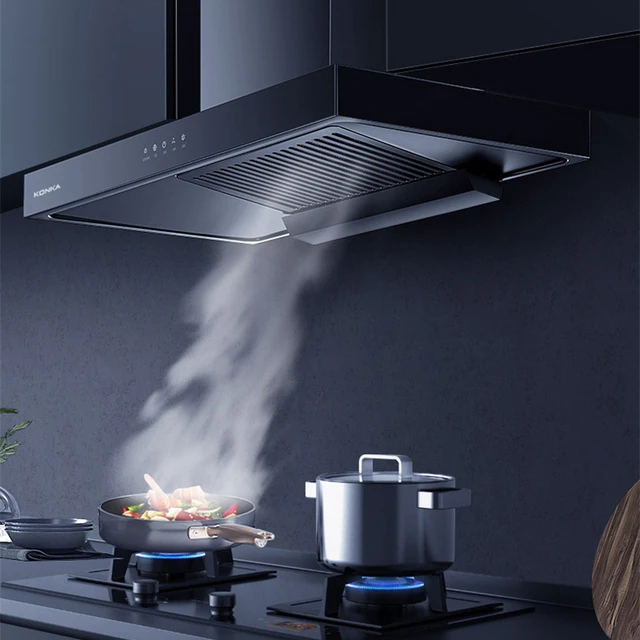
Maintenance and Care for Range Hoods
-
Ducted Range Hoods:
- Regular maintenance for ducted range hoods includes cleaning the filters, checking the ductwork for any blockages, and ensuring proper ventilation. Clean the filters according to the manufacturer’s instructions and have the ductwork inspected periodically to maintain optimal performance.
-
Ductless Range Hoods:
- Proper maintenance for ductless range hoods involves regular filter replacement. Charcoal filters should be replaced as recommended by the manufacturer to ensure efficient odor and grease removal. Follow the instructions provided with your range hood to correctly replace the filters.
Additional Features and Considerations
-
Noise Level:
- Consider the noise level generated by the range hood. Ducted range hoods tend to be quieter since the noise is often directed outside, while ductless range hoods may produce more noise due to the recirculation process. Look for range hoods with noise reduction features if noise is a concern for you.
-
Lighting:
- Range hoods often come with built-in lighting options. Consider whether you prefer a range hood with LED lights or other illumination features to enhance visibility while cooking.
-
Design and Aesthetics:
- Range hoods are available in various designs and finishes to complement your kitchen decor. Choose a range hood that matches your style and seamlessly integrates into your kitchen design.
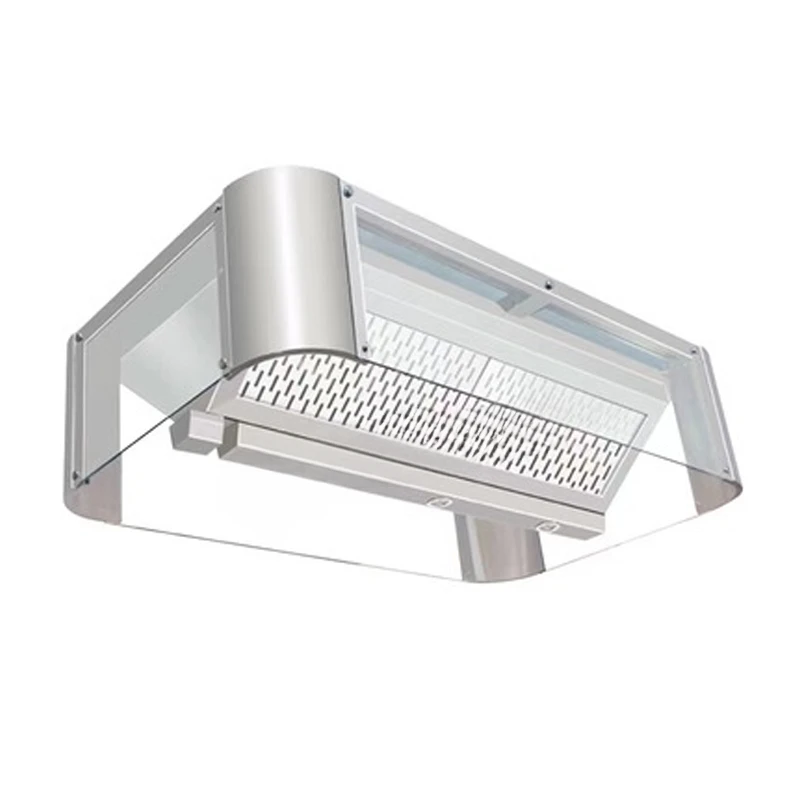
VIII. Conclusion: Making the Right Range Hood Choice
When choosing between ducted and ductless range hoods, it is essential to consider your specific kitchen requirements and preferences. Ducted range hoods provide superior ventilation performance and effective elimination of odors, while ductless range hoods offer versatile installation options and cost savings. By carefully evaluating venting possibilities, the amount of ventilation needed, and your budget constraints, you can make an informed decision that best suits your kitchen and individual needs.
Whether you opt for a ducted range hood for its ventilation efficiency or choose a ductless range hood for its flexibility, both options can effectively enhance your kitchen environment by removing smoke, grease, and odors. Prioritize the health and comfort of your cooking space by selecting the ideal range hood that complements your kitchen design, ventilation requirements, and budget considerations.


